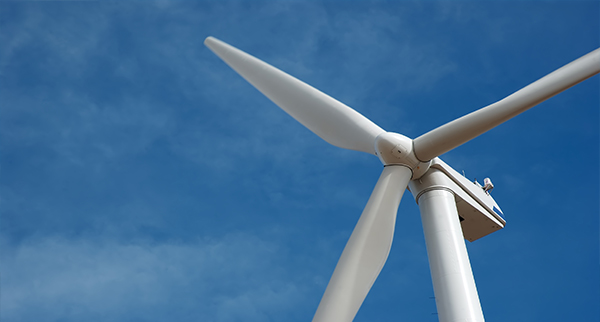
Is Floating Offshore Wind the Future of European Wind Power?
The current state of innovation in renewable energy reads a bit like something from Charles Dickens. You wouldn’t be faulted if you considered it to be both the best of times and the worst of times. Renewable Energy has captured the popular consciousness and consumers are forcing businesses as diverse as ski resorts, ice cream makers, theme parks and luxury goods manufacturers to use green energy. Conversely on a global scale many local industries are struggling from subsidy cuts and attacks from entrenched interests aligned with fossil fuels. Despite the setbacks and perhaps because of them the renewable energy sector has become more efficient and is using innovation to overcome its challenges.
A Tale of Two Continents
You might say that what we have now is a tale of two continents. In Asia, there is a huge drive towards floating solar. Floating solar ticks so many boxes for Asian renewable energy, including maximising land resources and the interconnectivity of energy with water projects. Europe however is following a different path. Coastlines and sea are a significant resource and Europe seems to be turning to floating wind power as a major growth area for its energy needs. This article is intended to provide an update on the latest developments in the European floating wind sector.
Please Sir, Can I have Some More Wind Power?
The UK is the world’s leading offshore wind power player. In 2017 it opened the world’s first floating wind project with the 30MW Hywind Scotland project. 2019 has seen the UK kick on with its offshore and floating wind plans. Earlier in March the new Offshore Wind Sector Deal, it has ambitious plans to add 20,000 jobs in UK Offshore Wind and increase output to 30GW or a third of UK energy demands. Renewables UK and Scottish Renewables have launched a new floating wind industry board. Whilst Shell, Equinor, GE, Aker Solutions, Atkins, Principle Power, and the ORE Catapult have formed a floating wind task force. Its certain that a lot can be expected from the UKs initiative in this sector, it has managed to align policy, serious business, and technology to meet its energy goals.
Great Expectations from New Trial Projects
There are two exciting trial projects underway elsewhere for floating wind. The European Marine Energy Centre have received approval from the Sustainable Energy Authority of Ireland for a €31m floating wind scheme off the coast of Co. Mayo. The project, known as AFLOWT (Accelerating Market uptake of Floating Offshore Wind Technology), is hugely exciting not just for the technology but also because of the pan-European support and supply chain behind it. Ireland has a lot of ambitions to become a serious player in wind power and this will be a key step along that path. Elsewhere France has received approval for four floating wind projects. Three in the Mediterranean and one in the Atlantic. The projects are the Groix Belle Ile wind farm in the Atlantic Ocean, and the Golfe du Lion, Eolmed, and Provence Grand Large wind farms in the Mediterranean Sea. The trials are of significant interest because each site will use different technology, including foundations and turbines. This will hopefully provide genuine insight on the best way to continue floating wind innovation.
Floating Wind is no Humbug
Perhaps the most important development for floating wind technology is the pace at which it has commercialised. The technology seems to be benefitting from a willingness of finance to fund it. Last October, Windpower Plus a JV of EDP Renewables, Repsol and Principle Power received $68m in funding for a 28MW scheme off of Portugal from the EIB.
There was a similar project to the Windplus scheme near Norway for Windfloat Atlantic (a collaboration of Innogy, Shell and Stiesdal). The consensus from these projects is that they allow for shallower water and can be deployed regardless of depth, this may open up new markets on the US west coast and in countries like Japan. With rapid innovation, commerciality, and flexibility on its side it looks like floating wind technology could be the next big thing for Europe and the World.
Follow Andrew Green on LinkedIn for more insight.
